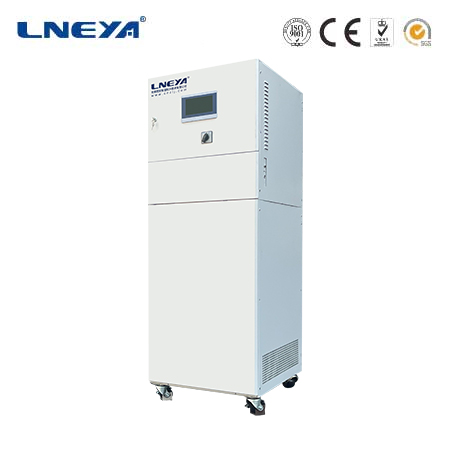small chiller plant
Small Chiller Plant: Selection and Efficiency
A small chiller plant is an essential component of heating, ventilation, and air conditioning (HVAC) systems, particularly where precise temperature control is required. These plants can be either air-cooled or water-cooled, with the choice depending on factors such as the size of the cooling load, the operating hours, and the environmental conditions of the location.

Selection Criteria for Small Chiller Plants
The selection of a small chiller plant involves several considerations:
Cooling Load: The size of the cooling load determines the capacity of the chiller required. Smaller loads may benefit from air-cooled chillers, while larger loads may require water-cooled systems.
Operating Hours: The number of operating hours and the demand for continuous cooling influence the choice between a central plant system and a distributed system.
Environmental Conditions: The availability of water and local climate conditions can affect the decision between air-cooled and water-cooled chillers.

Energy Efficiency: Chillers with higher efficiency ratings, such as those with variable-speed drives and advanced compressor technology, are preferred for their potential to reduce energy consumption.
Applications of Small Chiller Plants
Small chiller plants are used in a variety of applications, including:
Commercial Buildings: For cooling office spaces, malls, hotels, and other commercial properties.
Industrial Processes: In manufacturing facilities, chemical plants, and other industries where precise temperature control is necessary.
Data Centers: To maintain optimal temperatures for server rooms and IT equipment.
Impact of Design and Operation on Efficiency
The design and operation of small chiller plants have a significant impact on their energy efficiency and lifecycle costs. Factors such as the integration of thermal energy storage, the use of variable-frequency drive (VFD) technology, and the implementation of smart control systems can enhance the efficiency of these plants.

Market Trends
The global chiller market is expected to grow at a compound annual growth rate (CAGR) of 4.5% from 2024 to 2030, reaching USD 13,457.0 million by 2030. This growth is driven by the increasing demand for energy-efficient cooling solutions and the adoption of advanced technologies such as the Internet of Things (IoT) and artificial intelligence (AI) in chiller systems.
Conclusion
Small chiller plants are vital for various applications where temperature control is critical. The selection of the appropriate chiller system is influenced by the cooling load, operating hours, and environmental conditions. As the market for chiller systems continues to grow, the focus on energy efficiency and technological innovation will remain a driving force in the development of new chiller technologies. Proper design and operation of these plants are essential for optimizing their performance and minimizing lifecycle costs.
Related recommendations
1.5 ton water chiller
501Introduction to 1.5 Ton Water ChillersA 1.5 ton water chiller is an industrial cooling system designed to remove heat from various processes, providing a cooling capacity of 18,000 BTU/HR. These c...
View detailsWhat are the factors that affect the evaporation temperature of lab water chiller?
920What are the factors that affect the evaporation temperature of lab water chiller? The factors that affect the evaporation temperature of laboratory chillers include the following: oil ...
View detailscool water chiller
558Cool water chillers are crucial for applications where temperature control is necessary, such as in chemical processes, laser machines, and HVAC systems. Chillers can be air-cooled or water-cooled...
View detailsair cooled chiller cost
726Understanding the Cost of Air-Cooled Chillers Introduction to Air-Cooled Chiller Costs Air-cooled chillers are popular for their versatility and cost-effectiveness in various industrial and ...
View details
 LNEYA Thermal Test Chillers
LNEYA Thermal Test Chillers







HelloPlease log in